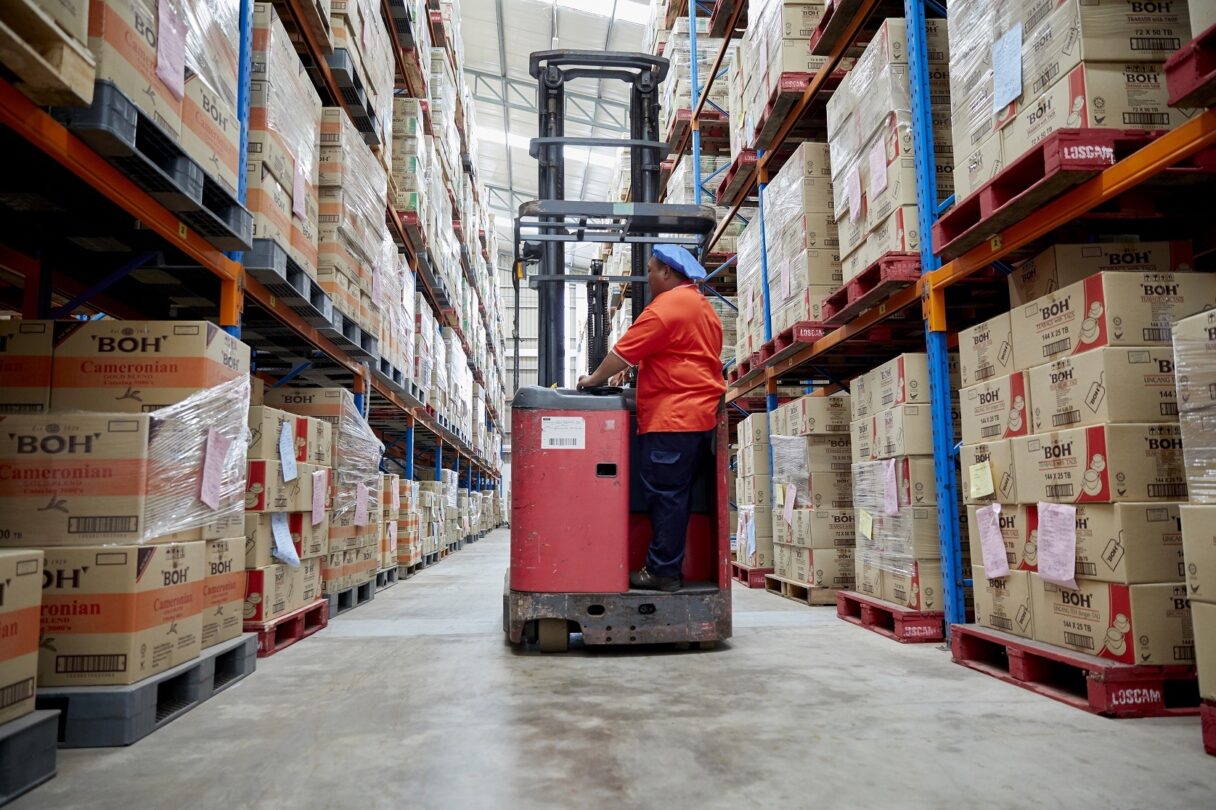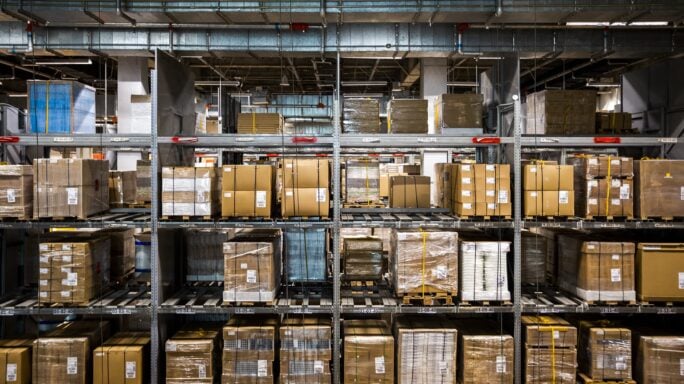Technology & Innovation
Direct-to-consumer: 3 innovation tips for distributors
Distributors can survive in the direct-to-consumer world by tapping into smarter data technology. This can help you to better identify opportunities to win

Survival of the fittest is the best way to describe today’s wholesale distribution industry. The coronavirus has sped up the technology evolution in the B2B and B2C e-commerce spaces, forcing distributors to re-invent themselves to remain relevant.
Distributors have a unique advantage over the manufacturers and retailers that are marginalizing the playing field by integrating their supply chains and building their own direct-to-consumer (DTC) channels. You have the in-house deep product knowledge, service capabilities, and technical expertise that manufacturers need to outsource to go DTC.
By moving quickly, it is possible to increase market share and increase tight margins, create deeper customer relationships, and retain and seek new competitive advantages by adopting smart technology solutions. This means wholesale distributors must rethink their own processes and models, making use of data to maintain their market share and beat the competition.
This article shares three ways distributors can innovate with smarter data and software technology.
Move beyond ERP with Sage X3
Take control of your entire business.
From supply chain to sales with Sage Business Cloud X3. Software for established businesses looking for greater efficiency, flexibility, and insight.

-
Innovate with value-added services
Servitization is how distributors can incorporate value-added services to their usual offering. You may already incorporate simple services such as product selection, picking, packing, and shipping.
Technology can help you to identify new service opportunities that could increase profitability and differentiation from the market. To start, you must be data-driven to define and create new services. A business management solution that can manage, date, and deliver data as one view of all actions that are happening throughout the customer life cycle serves as a solid foundation. From there, you can explore advanced services such as:
- Product assembly and installation
- Product customization
- Maintenance and quality inspection
- In-house repair
- Consulting
- Training and education
Technology can also help you to execute these services with tight operational margins. For example, virtual training can happen through connected smartphones, tablets, or laptops. You can monitor maintenance and repair opportunities through embedded sensors in products that alert you of possible downtime. And functions like 3D printing allow you to offer tightly customized products at rapid speed.
-
Become a real-time distributor
Today’s customers demand real-time service delivery, and distributors need to keep up. Digital transformation makes it possible for greater operational flexibility and insight into customer need. Distributors can be online 24/7, offering customers a self-service experience where they can place orders, update quantities, and schedule at their convenience.
Real-time analytics is an essential tool to handle logistics in this all-hours agile manner. Historical data doesn’t provide the accuracy and deep insight needed to meet current productivity and efficiency demands. With easy-to-use data, in conjunction with analytical capabilities, distributors could better plan and forecast demand—improving customer service, reducing costs, and informing changes in workflows.
To make the best use of data to drive informed and timely decisions, wholesale distributors must get replace legacy siloed systems which could prevent information and insight from being used across the business.
A robust business management solution is the solution. The built-in automation therein can power always-on operations and inform actions based on changes in demand or other factors. In addition, connectivity and the Internet of Things (IoT) allow you to use connected devices, products, and tools equipped with sensors that can talk to each other, collect, and store data. You can then partner with manufacturers and retailers to access data in real-time.
Sage X3 Coffee Break Demo + Live Q&A
In this 30-minute session you’ll get a sneak peek of Sage X3 in action along with a live Q&A to get all your questions answered by our experts.

-
Innovate with inventory
Real-time connectivity with manufacturers and retailers can open a new window of inventory management for distributors. Connectivity and the ability to use data in new ways has ushered in a new era of supply chain visibility. The digital world allows distributors to dynamically connect with their partners. With in-transit visibility, they can track shipments as they move, with any delay triggering an immediate alert.
Business management solutions can track items in real-time through RFID tags or barcodes that can be scanned or identified. This provides visibility into information like inventory levels, expiration dates, and location, which can support demand planning and forecast management.
Distributors can also use analytics to analyze historic sale patterns to predict with accuracy patterns to help plan when they need to build up inventory or scale down and run on less inventory, depending on demand. This allows businesses to make commitments or allocations based on your supply since they know where and when inventory will be available.
With advances in IoT, information such as inventory temperature, weather, and GPS location could answer questions such as where exactly a product or material is located, which areas are causing delays in the supply chain, and whether certain processes are working better than others. Technology can also support distributors in reducing costs through transformative processes such as 3D printing. This could allow distributors to carry an unlimited number of customizable products, whether printed in-house or through a 3D printer provided to the customer or buyer.
In summary
There are several ways that distributors can win in an ever-changing landscape and they all start with employing smarter data. Data without context is just noise. You can generate huge amounts of data and if employees are bogged down in it without context, it all becomes meaningless. There need to be concerted efforts in making sure there are trained people using and interpreting the data.
If you use legacy technology for your day-to-day business, aim to build new digital transformational systems in parallel with your legacy systems, taking advantage of historic data that could be extremely valuable going forward. Find ways to plot your organizational maturity for guidance on where to elevate your digital capabilities. This will mean analysis on how to drive a digital culture, organize and resource, and how to invest and take advantage of customer-driven insight.








Ask the author a question or share your advice